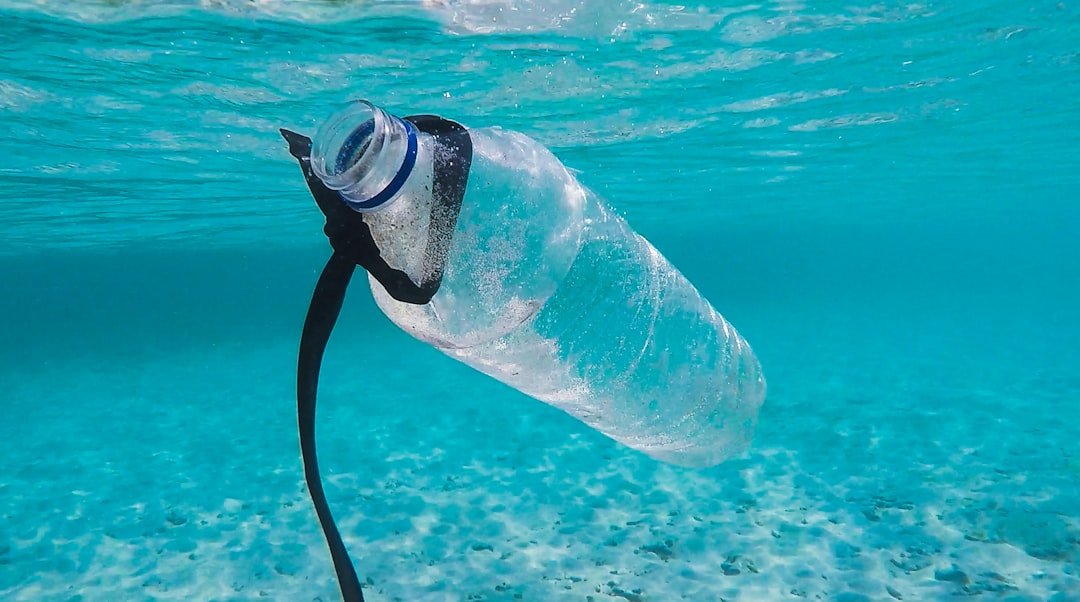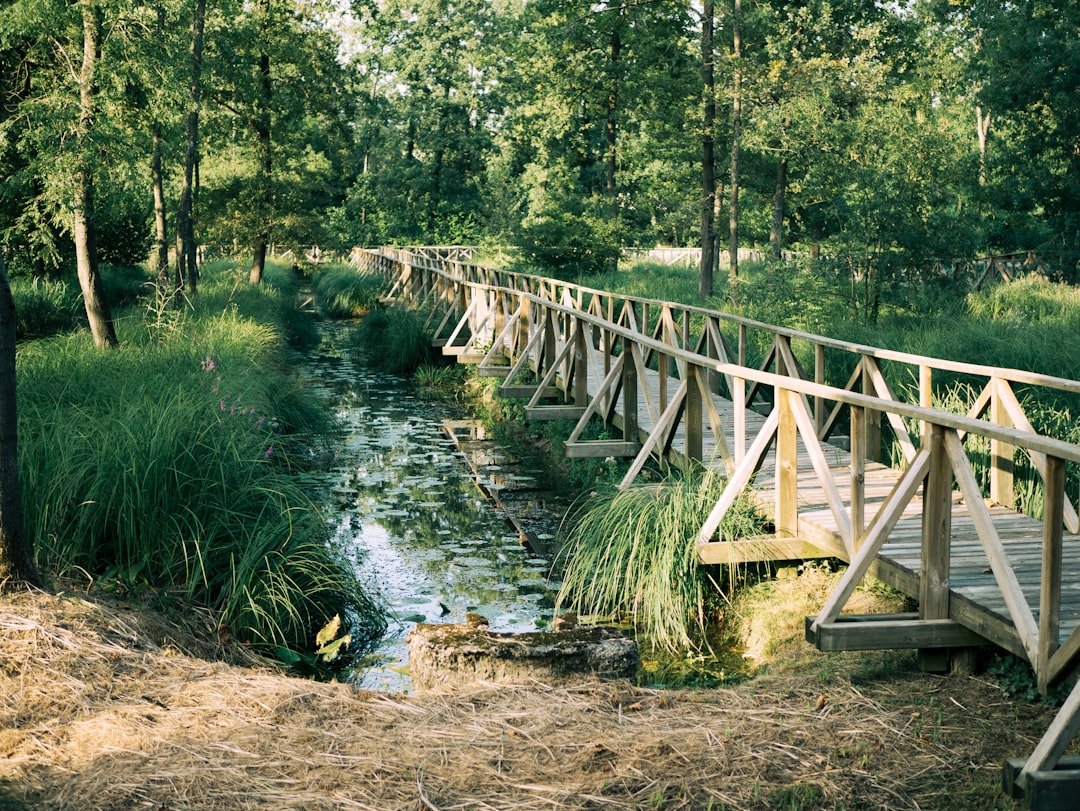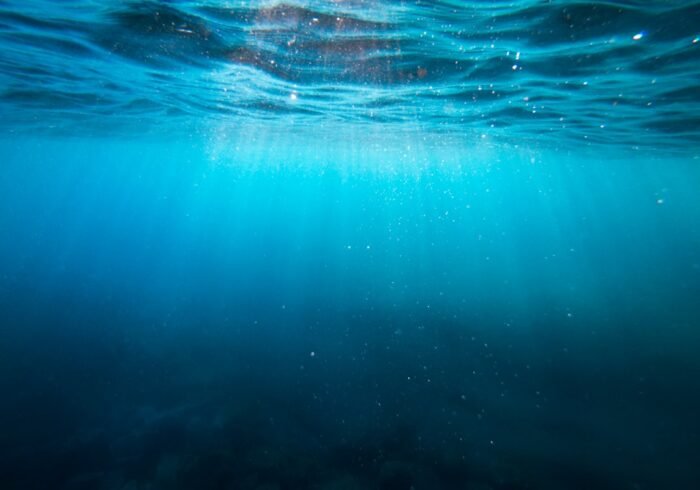Ocean Wildlife Affected by Plastic Pollution Plastic pollution has become one of the 21st century’s most urgent environmental problems, with a particular impact on ocean wildlife. Millions of tons of plastic debris litter the world’s oceans, endangering marine ecosystems with their persistent presence. In addition to upsetting the natural habitats of innumerable species, this pollution has catastrophic effects on those species’ ability to survive.
Key Takeaways
- Plastic pollution has a devastating impact on ocean wildlife, leading to entanglement, ingestion, and habitat destruction.
- Common types of ocean wildlife trapped in plastic include sea turtles, seabirds, marine mammals, and fish.
- Plastic entanglement poses serious dangers to marine animals, causing injuries, infections, and even death.
- Plastic pollution disrupts the balance of marine ecosystems, affecting food chains and habitats.
- Efforts to rescue and rehabilitate trapped ocean wildlife are crucial for their survival, but prevention is key to addressing the root cause of the problem.
From the tiniest plankton to the biggest whales, marine life is increasingly coming into contact with plastic waste, which can cause harm, disease, and even death. The amount of plastic debris in the oceans is astounding. Every year, an estimated 8 million metric tons of plastic debris enter the oceans and build up in coastal regions and gyres. Among the various forms of this pollution are microplastics, which are minuscule plastic particles produced when bigger plastic objects decompose.
When marine life consumes these microplastics, they bioaccumulate and may become toxic to other organisms in the food chain. Because of this, the effects of plastic pollution go beyond specific species and endanger entire ecosystems as well as the planet’s health. It is common to see different kinds of marine life consuming or becoming entangled in plastic waste.
For example, sea turtles are especially at risk from plastic pollution. They frequently confuse plastic bags with jellyfish, which is one of their main food sources, which can result in ingestion and gastrointestinal blockages. In addition to harming their health, this may cause them to starve to death. Also, it has been observed that seabirds mistake plastic objects for food and eat them.
| Species | Estimated Number Trapped | Impact |
|---|---|---|
| Sea Turtles | Over 1 million | Ingestion and entanglement |
| Seabirds | Over 100,000 | Entanglement and ingestion |
| Marine Mammals | Over 100,000 | Entanglement and ingestion |
Malnutrition and internal injuries brought on by ingesting plastics can negatively affect their ability to reproduce and their population size as a whole. Plastic pollution poses serious risks to marine mammals like seals and dolphins. These animals’ mobility and capacity to hunt for food may be hampered by becoming tangled in abandoned fishing gear or other plastic waste. Entanglement can sometimes result in drowning or serious injuries that need medical attention to survive. These animals’ predicament serves as a stark reminder of the need for immediate action & awareness-raising regarding ocean plastic pollution.
For marine animals, the risks associated with plastic entanglement are numerous & frequently fatal. Animals may suffer physical harm, such as cuts and infections, when they get caught in plastic waste. Being trapped can cause stress, which can alter behavior and make it more difficult for them to avoid predators or forage for food. Animals that are entangled frequently experience chronic pain, and if they are not rescued, they may eventually pass away from their wounds. Further effects on marine populations may result from entanglement. For instance, a population may gradually decline if a breeding female is stranded and unable to provide for her young or find food.
This phenomenon is especially worrisome for threatened or endangered species. Because marine ecosystems are so interdependent, the extinction of one species can have a domino effect on others, further upsetting these fragile ecosystems. Marine ecosystems as a whole suffer greatly from plastic pollution, which affects more than just individual species. Food webs are upset and habitat structures are changed when plastics are introduced into ocean environments. Plastic waste, for example, can suffocate coral reefs, which serve as vital habitats for many marine species.
In addition to the corals themselves, the numerous organisms that rely on them for protection & food are also impacted by this degradation. Also, plastics have the potential to pollute marine environments with toxic chemicals. The water quality and marine life are harmed by the additives found in many plastics that can leak into the water.
When marine organisms are consumed, these chemicals may build up in their tissues and cause harmful effects that could eventually affect human health as well. Plastic pollution is therefore a major threat to the delicate balance of ocean ecosystems. Numerous groups & individuals have stepped up their efforts to rescue and rehabilitate trapped ocean wildlife in response to the growing crisis of plastic pollution.
When it comes to caring for entangled or injured animals, marine animal rescue centers are essential. In order to rehabilitate impacted species and return them to their natural habitats, these facilities frequently rely on skilled professionals and volunteers who put in endless hours. Usually, rescue operations entail evaluating the animal’s health, clearing any entanglements, and administering any necessary medical care. It can sometimes take weeks or even months for an animal to recover enough to be released. In order to stop additional pollution, public awareness campaigns are also essential in informing communities about the significance of reporting stranded or entangled animals and encouraging appropriate waste disposal methods.
decreasing the use of single-use plastics.
While encouraging alternatives made of biodegradable materials, several nations have started to enforce bans on plastic bags & straws. Cleaning Up. In order to mitigate current pollution, cleanup efforts are equally important.
Initiatives to remove plastic debris from open waters & coastal areas are carried out by organizations worldwide through beach and ocean clean-ups. Creative solutions. Innovative technologies, like barriers positioned in rivers that catch waste as it flows toward larger bodies of water, are also being developed to capture plastics before they reach the ocean. By working together, these initiatives show initiative in addressing the root cause of plastic pollution.
Personal plastic consumption can be considerably decreased by making small lifestyle adjustments. For example, switching to reusable containers, bottles, and bags from single-use plastics can have a big impact over time. Making thoughtful choices about one’s consumption patterns allows people to join forces and potentially effect significant change.
A culture of environmental responsibility can only be fostered by increasing awareness in local communities. People can participate in neighborhood cleanup efforts, have discussions about plastic pollution, and post information on social media. By taking up the cause, they encourage others to follow suit and support larger campaigns to lessen the amount of plastic debris entering the world’s oceans. A moral obligation that reflects humanity’s duty to the planet’s ecosystems, protecting ocean wildlife from plastic pollution is more than just an environmental issue.
The amazing diversity of life found in the oceans is essential to preserving ecological balance and promoting biodiversity worldwide. Society protects the survival of innumerable species & maintains the health of marine ecosystems by protecting these habitats from plastic pollution. Healthy oceans are also vital to human health because they give millions of people worldwide access to food, jobs, & leisure activities. The necessity of taking a comprehensive approach to combating plastic pollution is highlighted by the connection between human life and ocean health. Society can ensure a sustainable future for marine life and humanity by giving priority to efforts to protect ocean wildlife from this ubiquitous threat.
In conclusion, everyone must work together to address the issue of plastic pollution in the oceans, including communities, organizations, governments, & individuals. Understanding how it affects ocean ecosystems and wildlife, identifying common species that are impacted, supporting rescue efforts, and promoting sustainable practices can all help society fight this urgent environmental issue. It is crucial to protect marine life from plastic pollution in order to maintain biodiversity and the health of our planet for future generations.
Sea animals trapped in plastic is a heartbreaking reality that highlights the urgent need for environmental action. According to a recent article on ecological issues today, the impact of plastic pollution on marine life is devastating and requires immediate attention. As we strive to reverse climate change and reduce greenhouse gas emissions, it is crucial to address the issue of plastic waste in our oceans to protect the delicate ecosystems that sea animals rely on for survival.



